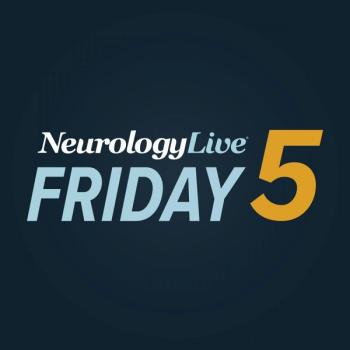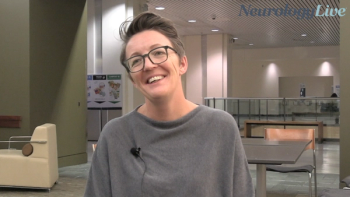
Satralizumab Demonstrates Long-term Efficacy and Safety in Patients With NMOSD
Key Takeaways
- Satralizumab combined with immunosuppressive therapy showed sustained safety and efficacy in NMOSD patients over a long-term period.
- The study reported low rates of adverse events and serious adverse events during the overall satralizumab treatment period.
A recently published, single-arm, open-label, rollover study dubbed SAkuraMOON (NCT04660539) evaluated the long-term safety and efficacy of satralizumab (SAT; Enspryng; Genentech) in 166 patients with neuromyelitis optica spectrum disorder (NMOSD). Findings showed that long-term treatment with satralizumab plus immunosuppressive therapy (IST) maintained sustained safety and efficacy, supporting SAT as an effective maintenance therapy option for patients with AQP4-IgG+ NMOSD.1
“Evaluating the long-term safety and efficacy of an approved therapy is important to help clinicians make informed decisions on the most appropriate treatment for their patients with NMOSD,” study author Jeffery Bennett, MD, PhD, professor of neurology and ophthalmology at Neuroscience University of Colorado School of Medicine, and colleagues, wrote. “To the authors' knowledge, SAkuraMoon provides the longest follow-up of a phase 3 cohort investigating the therapeutic value of disease-modifying therapy for patients with AQP4-IgG+ NMOSD.”1
Overall, the long-term safety and efficacy profiles of SAT were favorable. Lower rates of adverse events (AE) and serious AEs were observed in the overall SAT treatment (OST) period compared to the double-blind placebo (DBP; AEs: 299.4 (95% CI, 288.8–310.2)/100 person-years [PYs]; serious AEs: 8.1 (95% CI, 6.4–10.0)/100 PYs). Rates of infections (87.5 [95% CI, 81.9–93.5]/100 PYs) and serious infections (2.4 [95% CI, 1.5–3.5]/100 PYs) in the OST period were comparable with those of the DBP and did not increase over time.
Regarding individual AEs, the most frequently reported AEs were nasopharyngitis (29%), upper respiratory tract infection (28%), headache (27%), urinary tract infection (25%), arthralgia (21%), COVID-19 (19%), and pain in extremity (16%). Most vital sign changes were not considered clinically significant; however, AEs reported as well as changes in body weight (increase and/or decrease) were clinically significant. No AEs resulted in changes in study treatment. Of those participating in the OST period, 133 patients had an increase or decrease in body weight of at least 7%, and 49 patients had an increase or decrease in body weight of at least 15%
In the AQP4-IgG+ population (n = 111), the overall adjusted annualized relapse rate (ARR) was 0.07 (95% CI: 0.05–0.10). By Week 456 (8.8 years), 67% (56%–76%) of SAT-treated patients remained free from investigator-reported protocol-defined relapse (iPDR), 89% (80%–94%) were free from severe iPDR, and 82% (72%–89%) showed no sustained worsening on the Expanded Disability Status Scale (EDSS).
READ MORE:
For context, the study included patients who completed the DBP and open-label extensions (OLEs) of SAkuraSky (NCT02028884) and
Limitations of the analysis included the potential bias associated with the open-label design of the study. To mitigate this bias, study authors prespecified and objective criteria were used to define and assess iPDRs. Of 180 patients randomly assigned to the parent studies, 119 patients (66%) rolled over to SAkuraMoon with up to one-third of patients withdrawing. The absence of an external control may also be considered a limitation of this analysis.
The safety and efficacy of SAT was
REFERENCES
1. Bennett J, Fujihara K, Saiz A, et al. Long-Term Efficacy and Safety of Satralizumab in Patients With Neuromyelitis Optica Spectrum Disorder From the SAkuraMoon Open-Label Extension Study. Neurol Neuroimmunol Neuroinflamm. 2025;12(5):e200450. doi:10.1212/NXI.0000000000200450
2. Yamamura T, Isobe N, Kawachi I, et al. Safety and Effectiveness of Satralizumab in Japanese Patients with Neuromyelitis Optica Spectrum Disorder: A 6-month Interim Analysis of Post-marketing Surveillance. Neurol Ther. Published online July 16, 2024. doi:10.1007/s40120-024-00640-7
Newsletter
Keep your finger on the pulse of neurology—subscribe to NeurologyLive for expert interviews, new data, and breakthrough treatment updates.



































